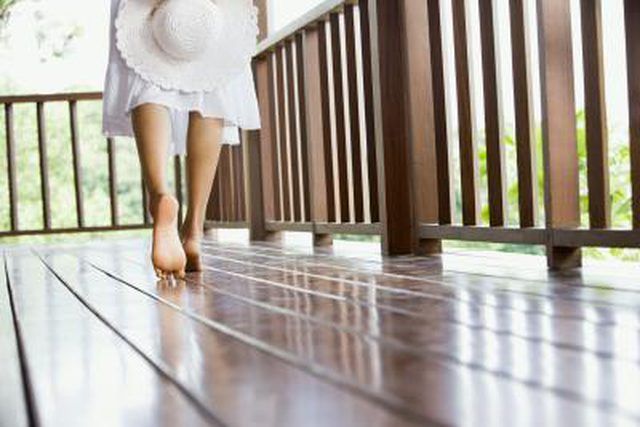Bulbs
Flower Basics
Flower Beds & Specialty Gardens
Flower Garden
Garden Furniture
Garden Gnomes
Garden Seeds
Garden Sheds
Garden Statues
Garden Tools & Supplies
Gardening Basics
Green & Organic
Groundcovers & Vines
Growing Annuals
Growing Basil
Growing Beans
Growing Berries
Growing Blueberries
Growing Cactus
Growing Corn
Growing Cotton
Growing Edibles
Growing Flowers
Growing Garlic
Growing Grapes
Growing Grass
Growing Herbs
Growing Jasmine
Growing Mint
Growing Mushrooms
Orchids
Growing Peanuts
Growing Perennials
Growing Plants
Growing Rosemary
Growing Roses
Growing Strawberries
Growing Sunflowers
Growing Thyme
Growing Tomatoes
Growing Tulips
Growing Vegetables
Herb Basics
Herb Garden
Indoor Growing
Landscaping Basics
Landscaping Patios
Landscaping Plants
Landscaping Shrubs
Landscaping Trees
Landscaping Walks & Pathways
Lawn Basics
Lawn Maintenance
Lawn Mowers
Lawn Ornaments
Lawn Planting
Lawn Tools
Outdoor Growing
Overall Landscape Planning
Pests, Weeds & Problems
Plant Basics
Rock Garden
Rose Garden
Shrubs
Soil
Specialty Gardens
Trees
Vegetable Garden
Yard Maintenance
How to Channel Water Under a Second-Story Deck
How to Channel Water Under a Second-Story Deck. The space underneath a second story deck is usually at least ceiling height, making it comfortable for people to work underneath -- such as when you're doing grading work against a foundation after installing an overhead deck or building a new home and deck together. Optimally, grade work should be...

The space underneath a second story deck is usually at least ceiling height, making it comfortable for people to work underneath -- such as when you're doing grading work against a foundation after installing an overhead deck or building a new home and deck together. Optimally, grade work should be completed before a deck is constructed, but excavation for posts and other construction activity can disturb the ground and potentially disrupt your drainage or rainwater channeling pattern. Water can pool around posts and the house foundation as a result. Properly channeling water under a second-story deck is typically a straightforward matter of restoring the drainage, using the slope of the yard outside the disturbed area as a guide, and adding gravel for stability as necessary.
Things You'll Need
Wheelbarrow
Shovel
Rake
Well-drained gravel, crush or road mix
Water hose and spray gun attachment
Plate compactor
Use a shovel and wheelbarrow to remove any soft soil or organic matter from the area underneath the deck. Replace with well-drained gravel, using the shovel and wheelbarrow.
Add gravel against the foundation wall of the house -- if the backfill was disturbed during construction -- within 8 inches of the top of the wall, still using the shovel and wheelbarrow. Slope away from the house with a minimum 5 percent slope, or a 3/4-inch drop over 1 foot, for at least 5 feet.
Follow the slope of the yard for the rest of the ground under the deck -- beyond the 5 feet of slope from the foundation -- which may be less than 5 percent. Make
sure the ground under the deck slopes a minimum of 2 percent, or a 2?-inch drop over 10 feet, from the high point of the slope to the low point of the slope, filling depressions with gravel, or cutting high spots down, as necessary, with the shovel or rake. Complete the work so that it's slightly below the high point of the grade adjacent to the ground under the deck, and slightly above the adjacent grade on the low side.
Slope away from the base of the deck posts. Rake the gravel to a uniform plane, with no dips or bumps. Wet the gravel with a water hose and spray attachment, and compact with a plate compactor.
Fill low spots with gravel, and smooth or cut high spots. Compact again if necessary.
Tips & Warnings
A skid steer loader can save labor with the shovel and wheelbarrow, if there is room under the deck for equipment to maneuver.
Water trapped in soil causes it to shift and settle. Crush or road mix gravel lets water drain through, and compacts well, creating a stable surface.
Take care using the compactor next to the house or deck posts to avoid damage to the structures.